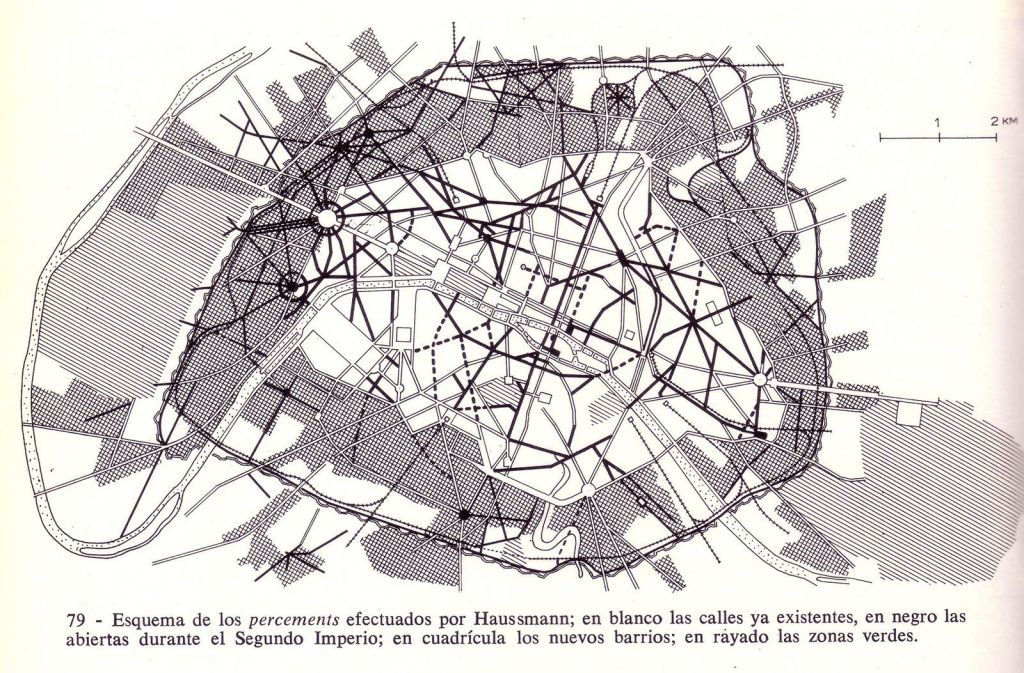One of the important events of the 18th century is the French Revolution. Throught this Revolution, France was replaced by the Republic system instead of absolute monarchy and the influence of the church on the people decreased. When we look at the general structure of Paris in this period, it is possible to encounter social problems such as a rather irregular urbanization and excessive human discrimination.

The French Revolution didn’t just happen. In the 19th century, riots continued in Paris from time to time. One of the most important obstacles to suppressing these rebellions was that Paris had a really irregular structuring. Because the measures taken to stop the rebels could not be controlled. The reason for this was that Paris had irregular and narrow streets. After these riots, the first of the measures that the government could take against future riots was to re-plan the city. In this planning, Galignani focused especially on the streets and wanted to diversify the narrow and width of the streets. In addition to this, the high population of Paris at that time was wanted to be reduced and the poor in the region were removed from the city center and the city center was made where the bourgeois could live. In fact, we see that discrimination in this way also affects the planning of the city. The Streets built are divided into three parts. The first of these are wide roads, the second is small roads, and the third is the connection roads that provide transportation. In addition, due to the fact that the city is rearranged according to the status difference of the people, Paris has thus become one of the most expensive cities in the world.

It is possible to say that the Hausmann plan embellished some of the different cities that were covered in the previous weeks. The Valentine Knight’s plan, one of the plans proposed after the great London fire of 1666, is quite similar to the Hausmann plan. Both wanted the city to be rebuilt on a grid system, and the connection of the main roads facilitated and diversified transportation within the city. This diversity has emerged as a result of the canals and roads designed in harmony with each other. In addition, the blocks designed in the Haussmann plan serve different social statuses, similar to the city plan proposed by Pompal for the redesign of Lisbon. Finally, the point I want to draw attention to is that although there was a century of difference between them, the idea of social status difference still continued in Paris and Lisbon, and I can say that the reconstruction of the city was based on this idea.
Valentine Knight’s Plan (1666 Great Fire of London) / Hausmann Plan (1848 Paris)


